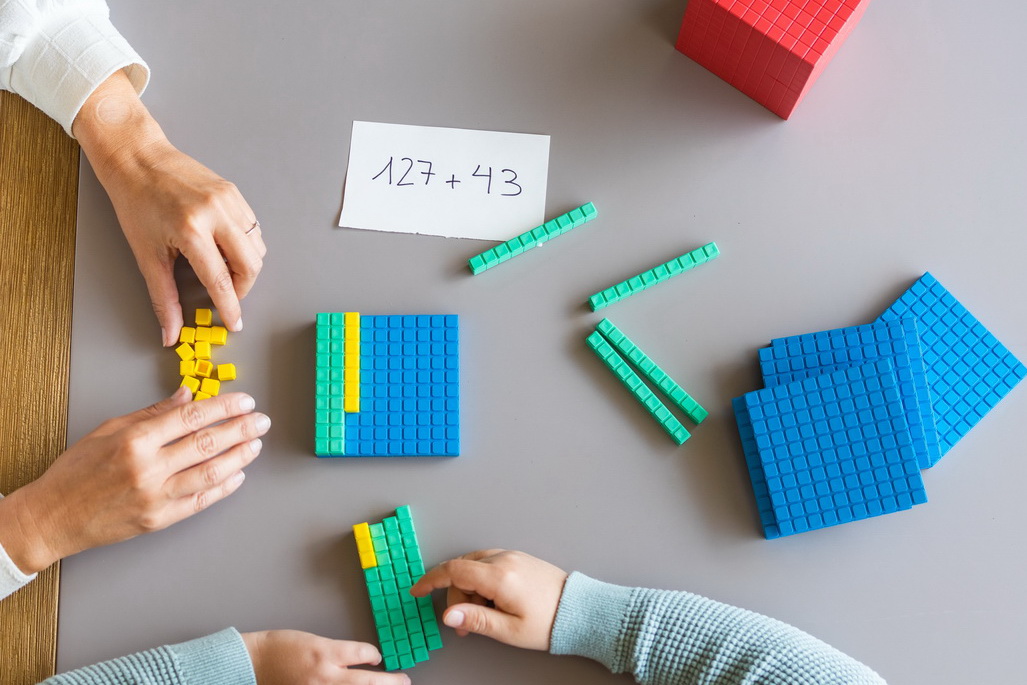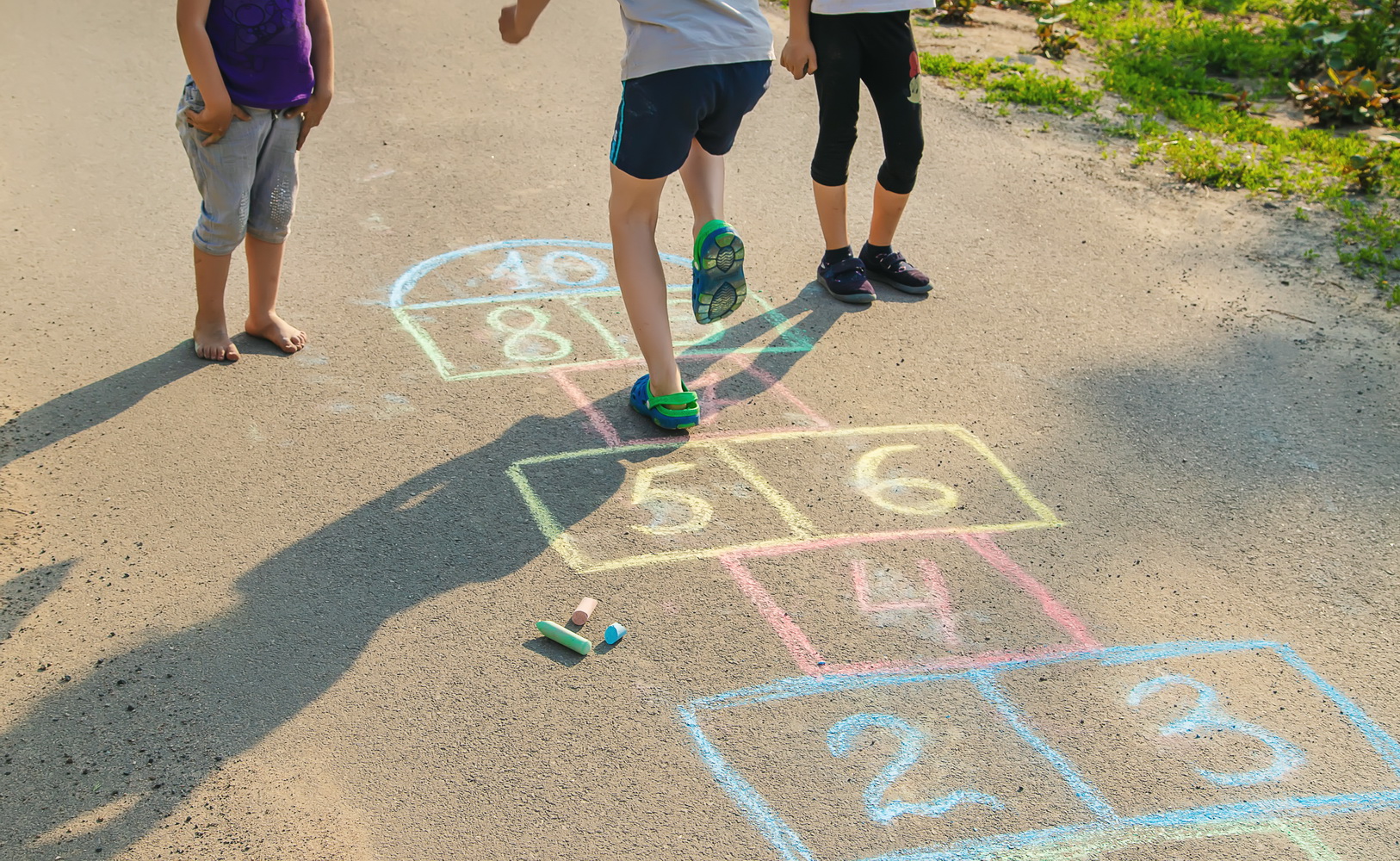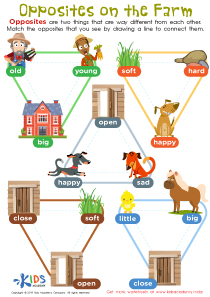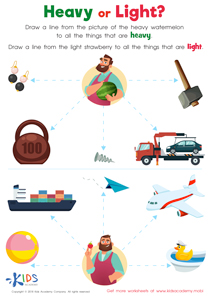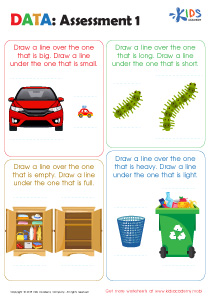Shape Recognition Normal Math Worksheets for Ages 7-8
12 filtered results
-
From - To
Discover our engaging Shape Recognition Normal Math Worksheets, specifically designed for children aged 7-8! These carefully crafted worksheets enhance young learners' understanding of different shapes and their properties through fun and interactive activities. With a focus on improving shape identification and spatial awareness, each worksheet blends learning with creativity. Kids will enjoy exploring a variety of challenging exercises, aimed at honing their shape recognition skills while building confidence in their mathematical abilities. Ideal for at-home practice or supplemental classroom activities, our worksheets are a fantastic resource for parents and teachers alike. Dive into the world of shapes and watch your child excel!
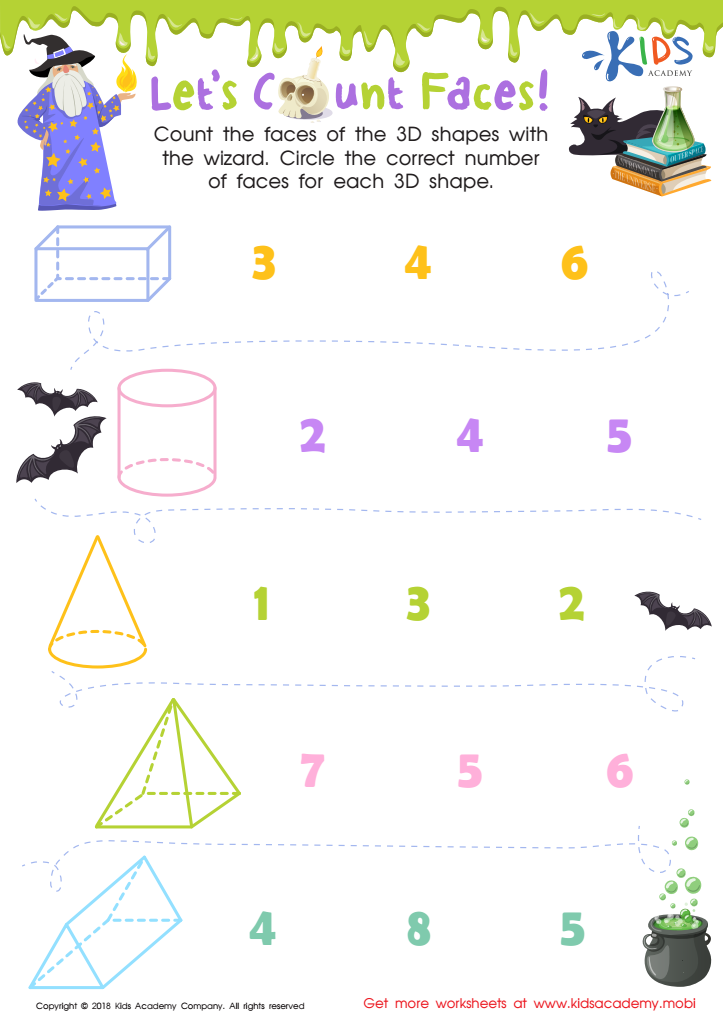

Let's Count Faces! Worksheet
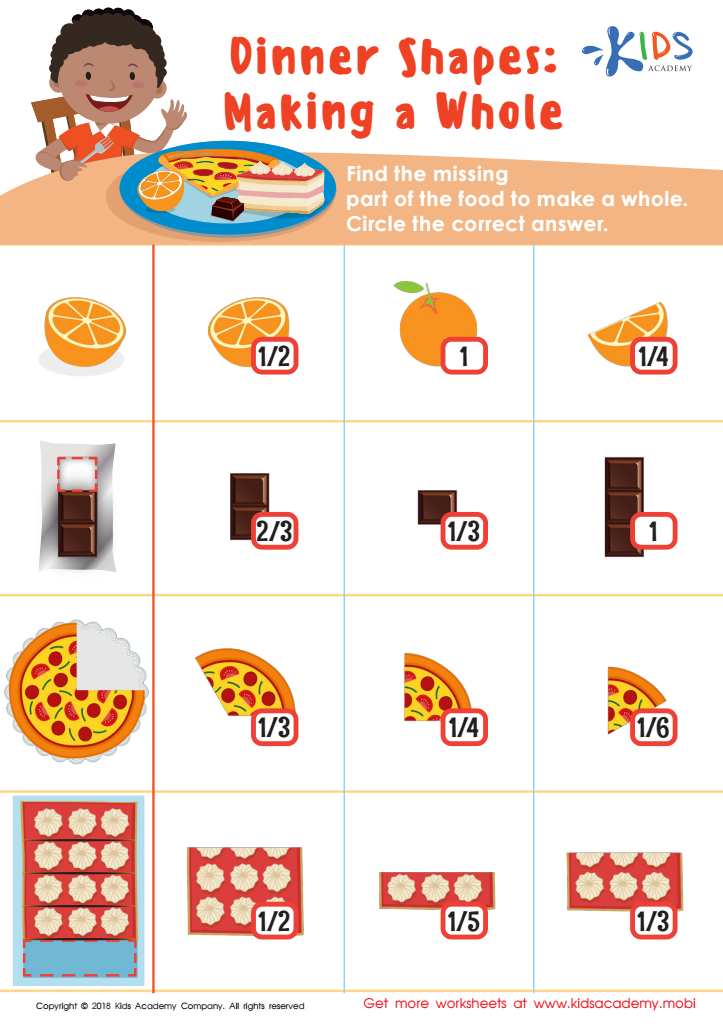

Dinner Shapes: Making a Whole Worksheet
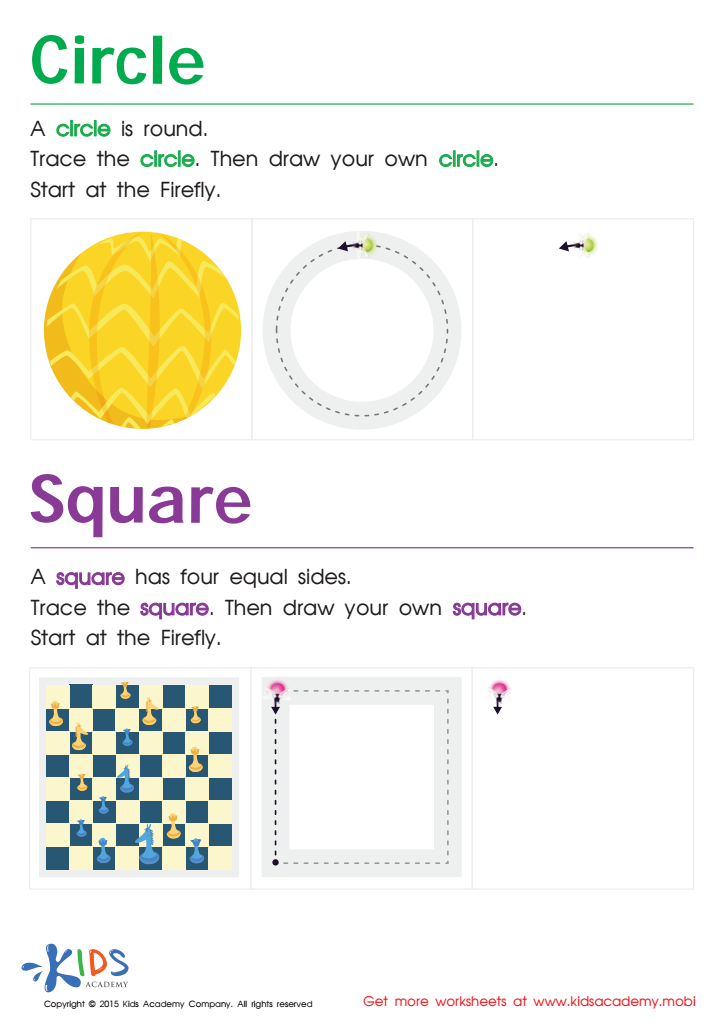

Trace And Draw a Circle And a Square Worksheet
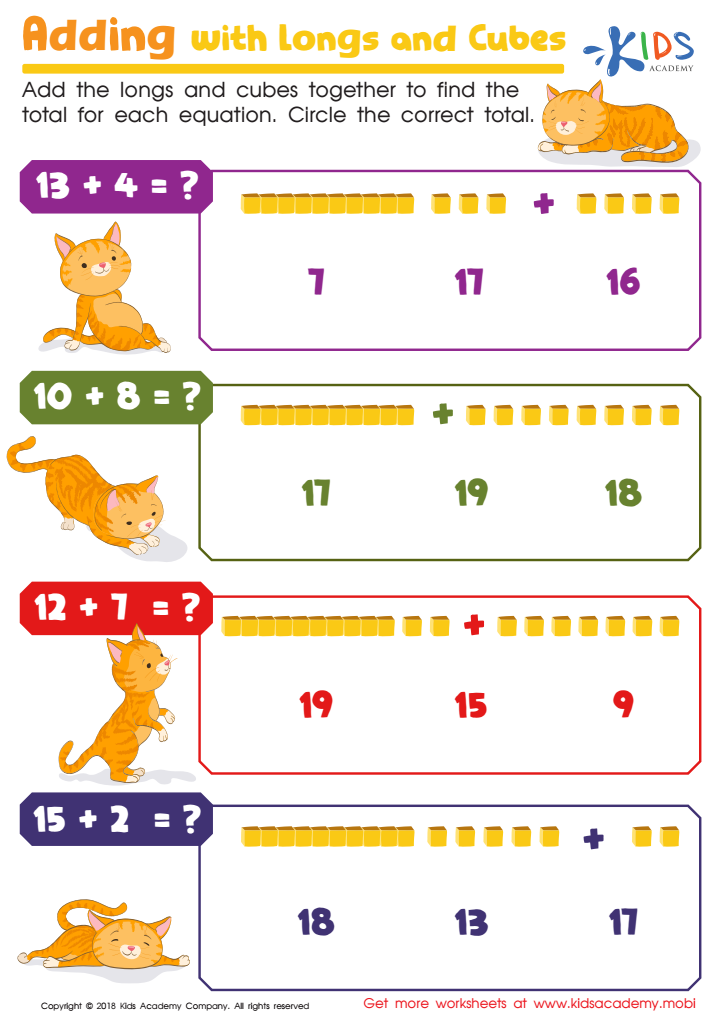

Adding With Longs and Cubes Worksheet
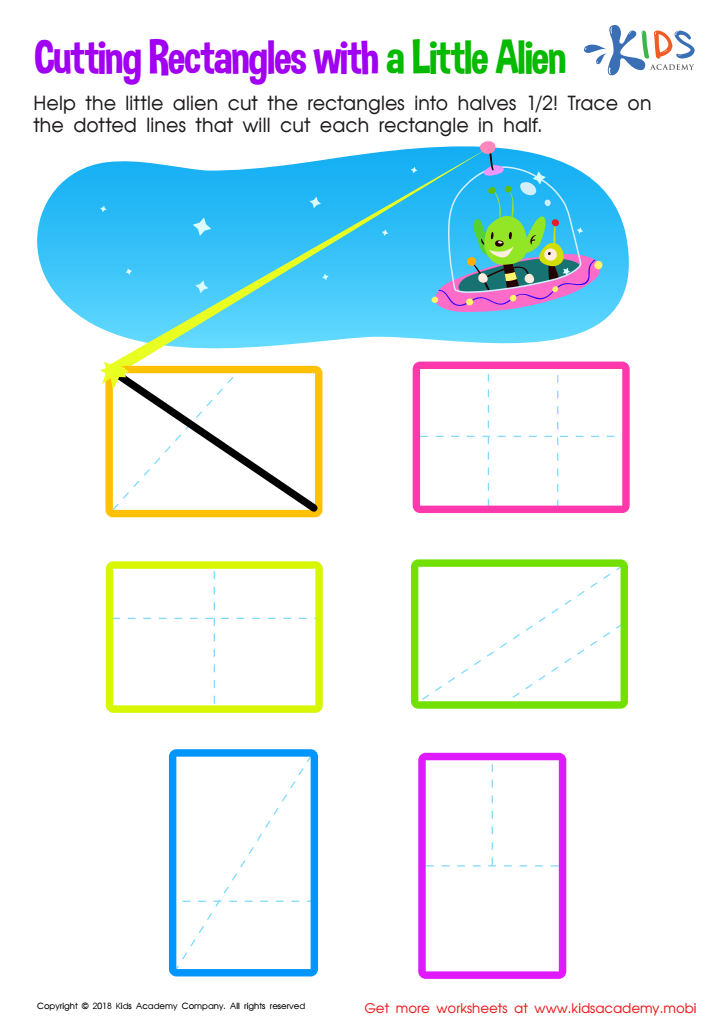

Cutting Rectangles with Alien Worksheet
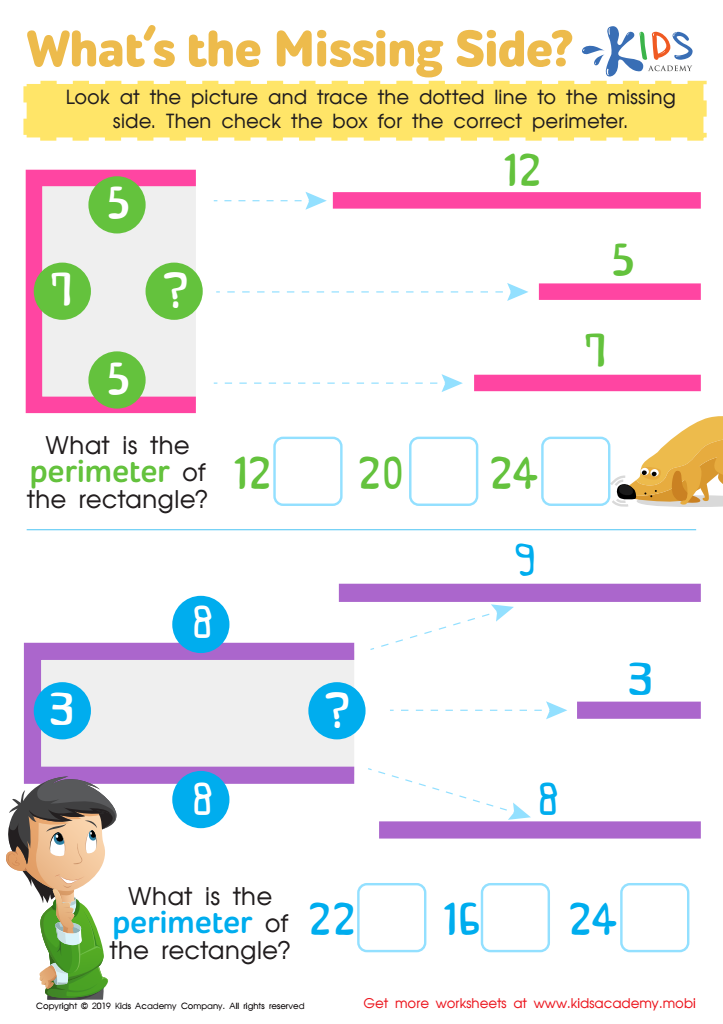

What's the Missing Side Worksheet
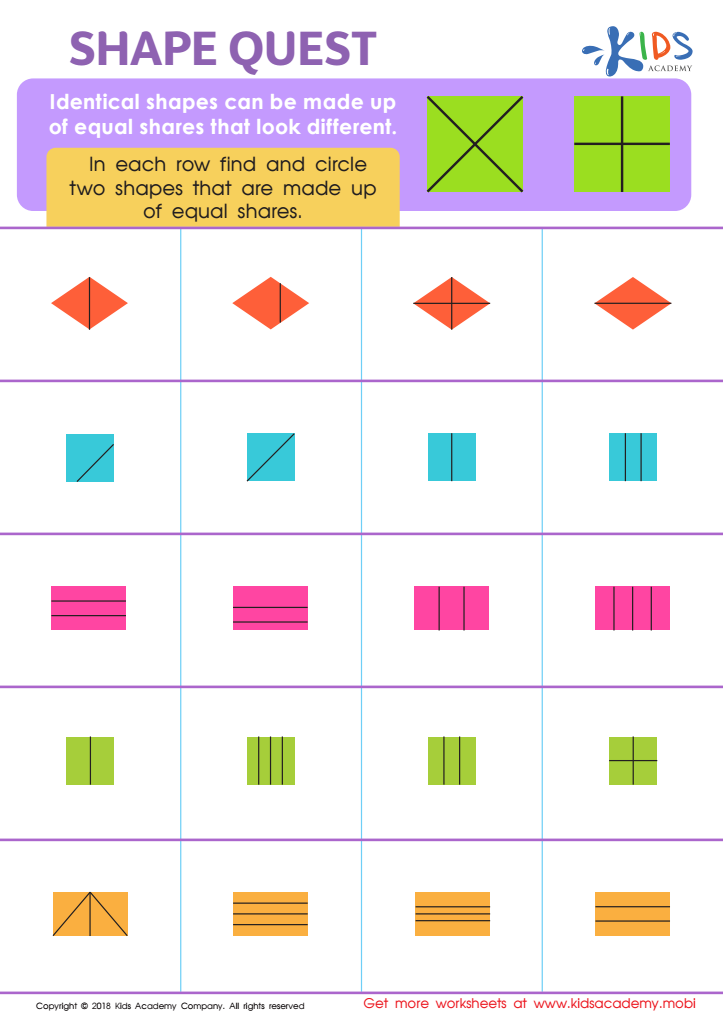

Shape Quest Worksheet
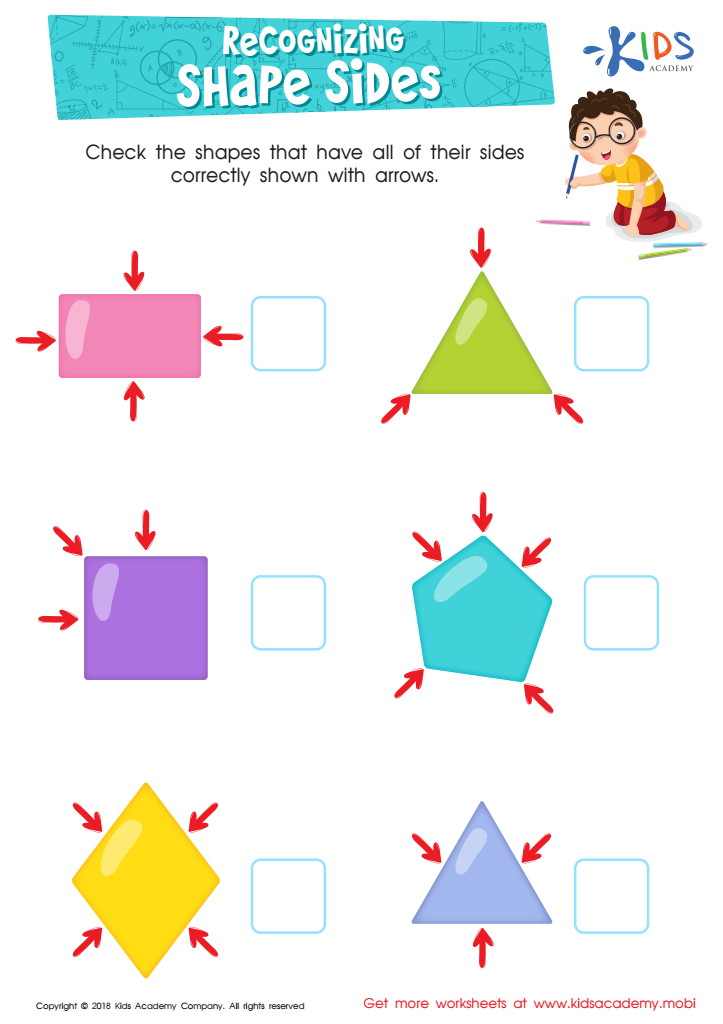

Recognizing Shape Sides Worksheet
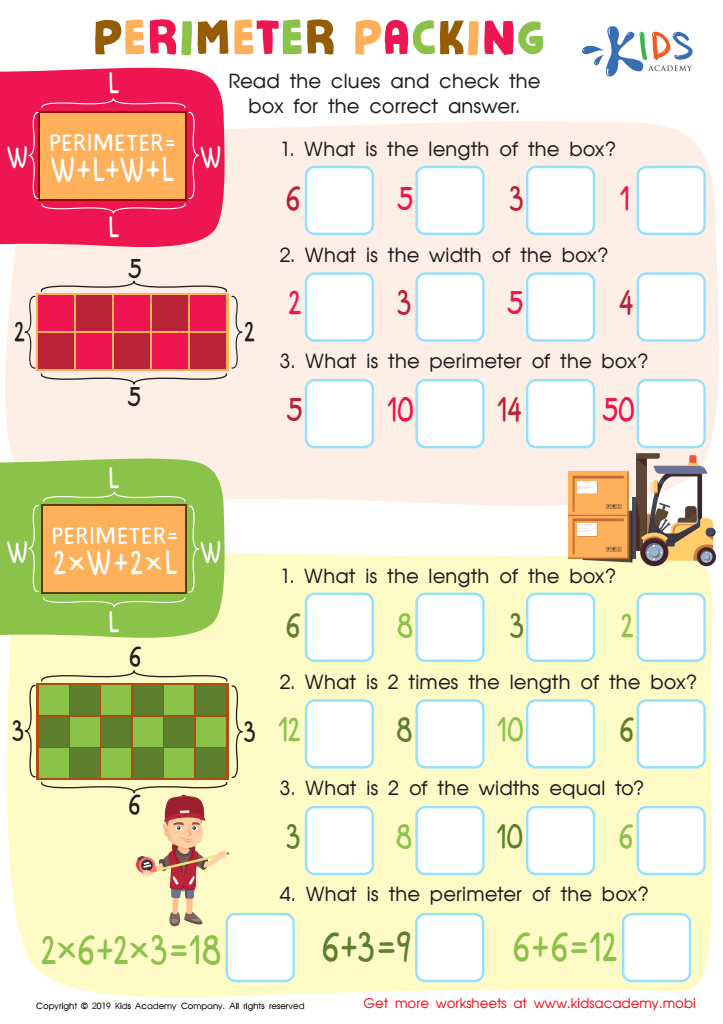

Perimeter Parking Worksheet
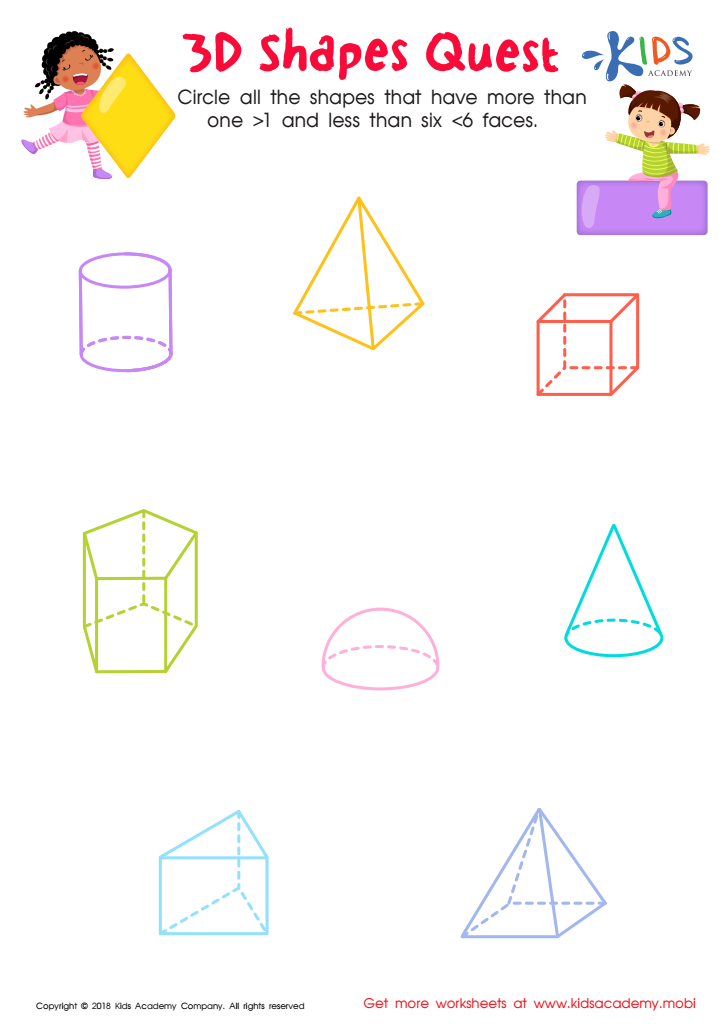

3D Shapes Quest Worksheet
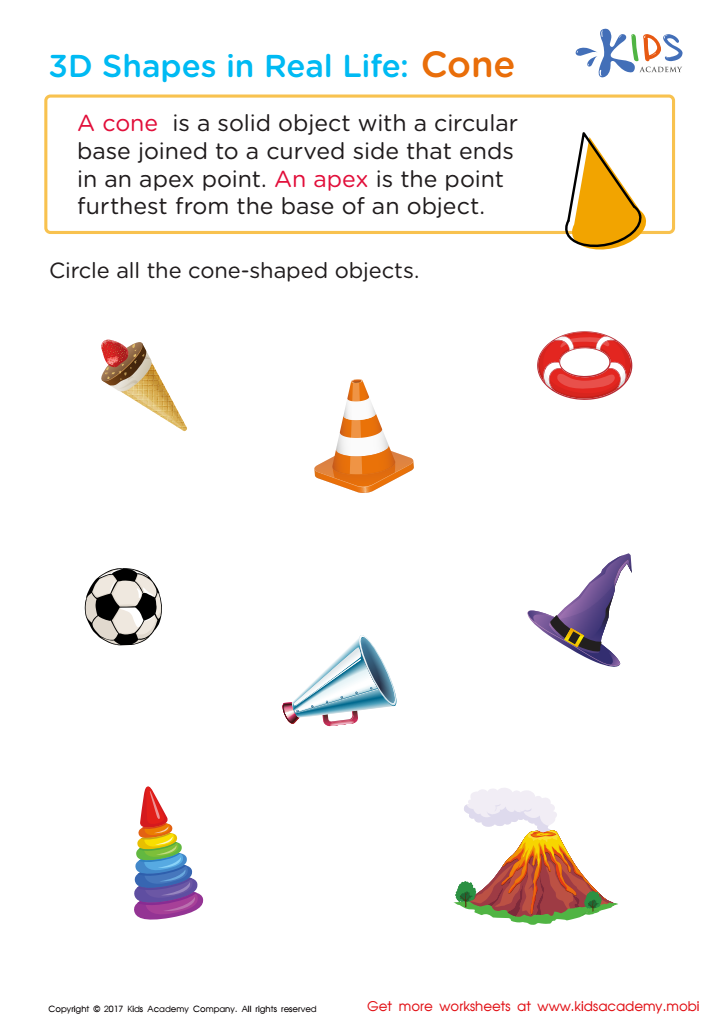

Shapes in Real Life: Cone Worksheet
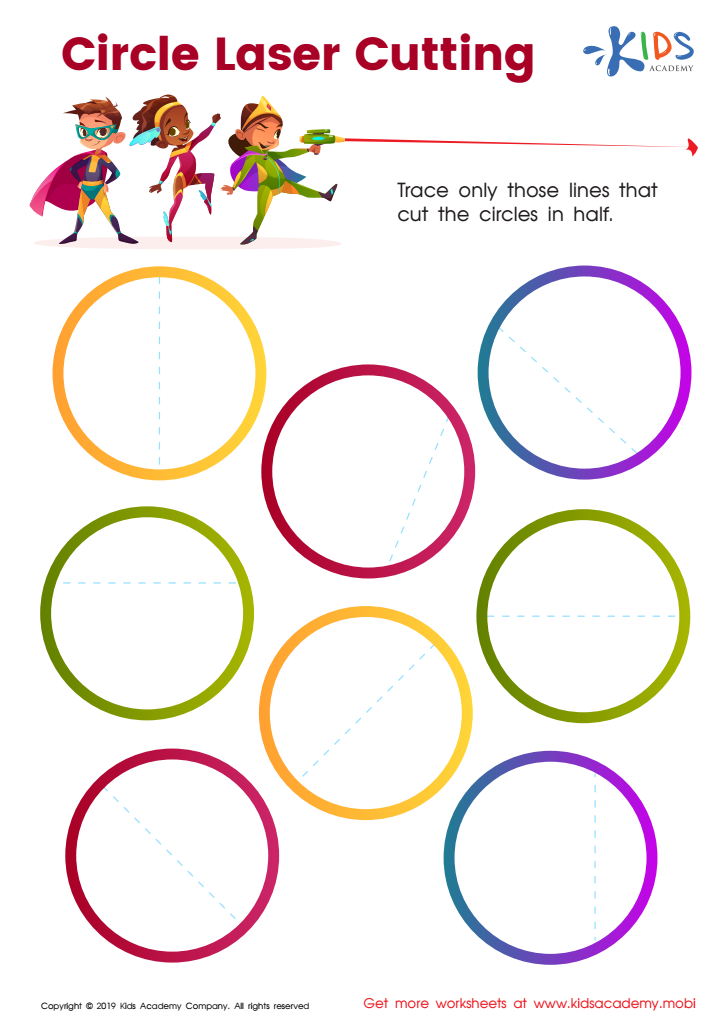

Circle Laser Cutting Worksheet
Shape recognition is a fundamental aspect of early mathematics that significantly contributes to a child’s cognitive development, especially for children ages 7-8. At this age, children begin to explore more complex geometric concepts, making it essential for both parents and teachers to emphasize shape recognition.
Parents should care because understanding shapes lays the groundwork for vital skills such as problem-solving, spatial reasoning, and critical thinking. When children can identify and manipulate various shapes, they build confidence in their mathematical abilities, fostering a positive attitude towards learning. Shape recognition also plays a critical role in daily activities and environments; from art to architecture, understanding shapes enhances creativity and practical skills.
Teachers should prioritize shape recognition in their curriculum because it connects to other areas of math, like measurement, area, and volume. Engaging students in shape-related activities creates interactive learning environments, making math exciting and relatable. Recognizing shapes helps students develop strategies for more advanced concepts in geometry later on. When educators work hand-in-hand with parents to reinforce these skills, they establish a solid foundation, ensuring students are better prepared for future mathematical challenges. Overall, shape recognition serves as a critical building block for broad mathematical understanding and lifelong learning.
 Assign to My Students
Assign to My Students



